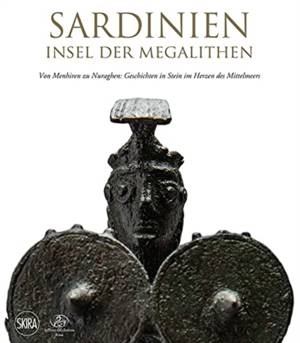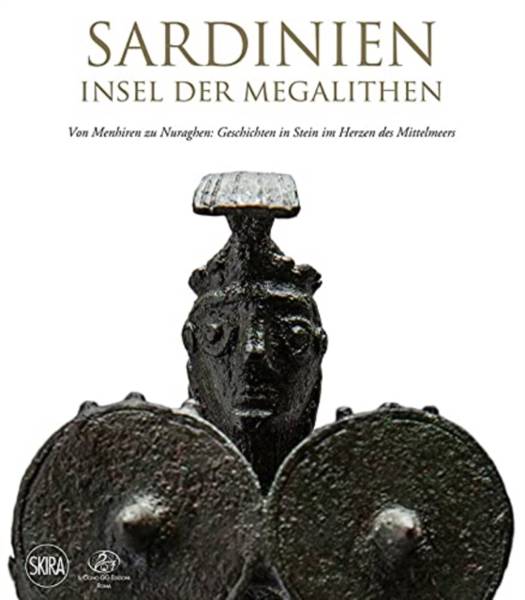
Je cadeautjes zeker op tijd in huis hebben voor de feestdagen? Kom langs in onze winkels en vind het perfecte geschenk!
- Afhalen na 1 uur in een winkel met voorraad
- Gratis thuislevering in België vanaf € 30
- Ruim aanbod met 7 miljoen producten
Je cadeautjes zeker op tijd in huis hebben voor de feestdagen? Kom langs in onze winkels en vind het perfecte geschenk!
- Afhalen na 1 uur in een winkel met voorraad
- Gratis thuislevering in België vanaf € 30
- Ruim aanbod met 7 miljoen producten
Zoeken
The Nuragic Civilization (German edition)
From Menhirs to Nuraghi: Stories of Stone in the Heart of the Mediterranean
Tina Oldknow, William Warmus
Hardcover | Engels
€ 44,95
+ 89 punten
Omschrijving
This is the catalogue of an itinerant exhibition that will visit several cities in Europe, exploring and revealing the secrets of one of the most fascinating civilizations of the Mediterranean Sea. The Nuragic civilization takes its name from the Sardinian word for the monument considered most representative of this civilization: the ''nuraghe''.
This consists of a tower construction built with large slabs of stone (rough-hewn or cut with varying degrees of regularity), which contained one or more chambers, one on top of the other, featuring the typical roof known as a ''false dome'' or ''tholos''. It appears both in the form of a single tower and as a complex, with a central tower surrounded by other towers. Villages of stone huts were built around many of the nuraghi.
There are also other types of building: the ''protonuraghi'' (also known as ''pseudonuraghi'' or ''corridor nuraghi''), the ''giantsÆ tombs'', the ''well temples'' and ''sacred springs'', and the ''megaronö temples.
T
This consists of a tower construction built with large slabs of stone (rough-hewn or cut with varying degrees of regularity), which contained one or more chambers, one on top of the other, featuring the typical roof known as a ''false dome'' or ''tholos''. It appears both in the form of a single tower and as a complex, with a central tower surrounded by other towers. Villages of stone huts were built around many of the nuraghi.
There are also other types of building: the ''protonuraghi'' (also known as ''pseudonuraghi'' or ''corridor nuraghi''), the ''giantsÆ tombs'', the ''well temples'' and ''sacred springs'', and the ''megaronö temples.
T
Specificaties
Betrokkenen
- Auteur(s):
- Uitgeverij:
Inhoud
- Aantal bladzijden:
- 320
- Taal:
- Engels
Eigenschappen
- Productcode (EAN):
- 9788857245553
- Verschijningsdatum:
- 30/09/2021
- Uitvoering:
- Hardcover
- Afmetingen:
- 315 mm x 327 mm
- Gewicht:
- 1226 g

Alleen bij Standaard Boekhandel
+ 89 punten op je klantenkaart van Standaard Boekhandel
Beoordelingen
We publiceren alleen reviews die voldoen aan de voorwaarden voor reviews. Bekijk onze voorwaarden voor reviews.









